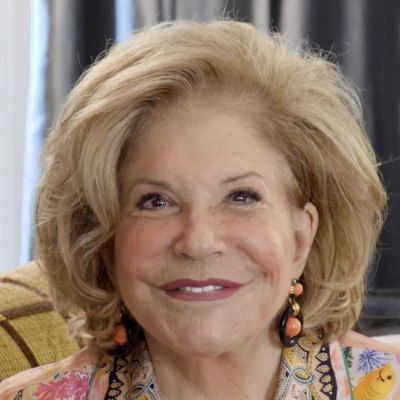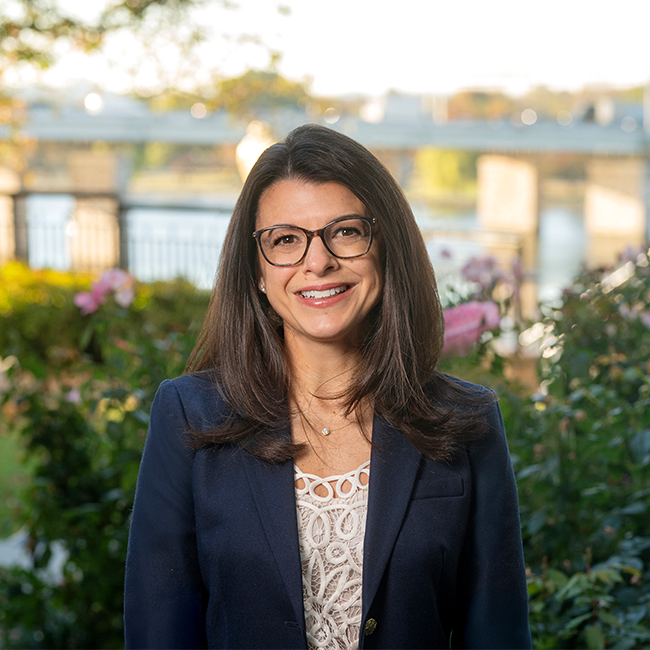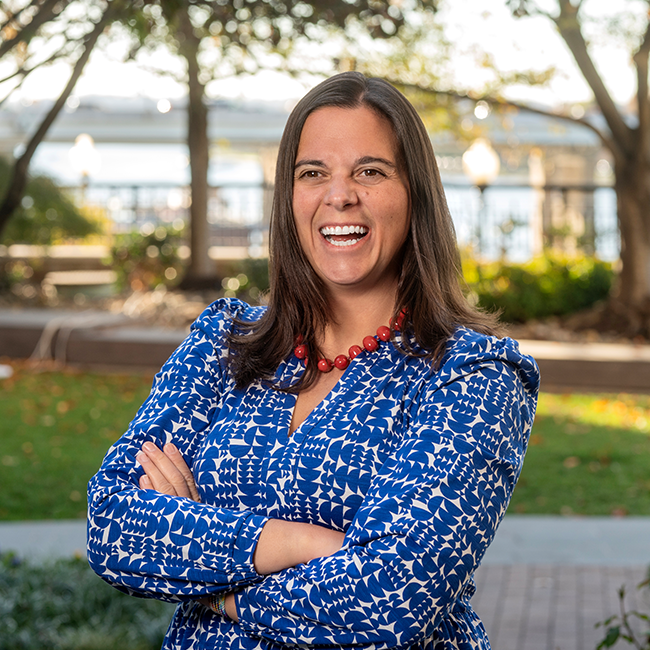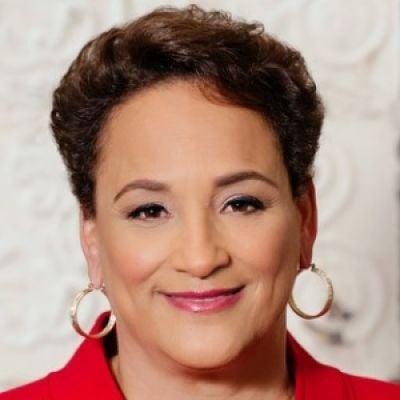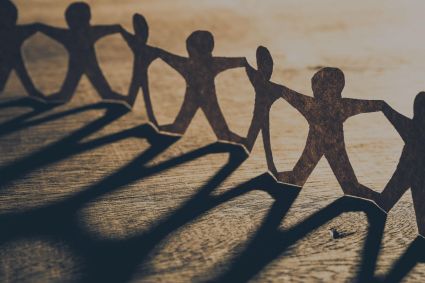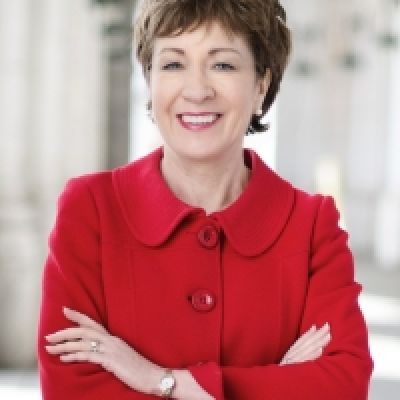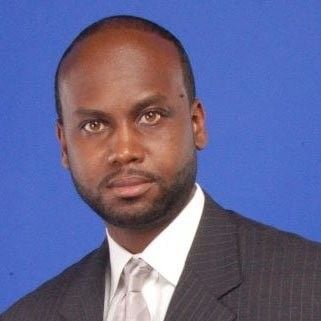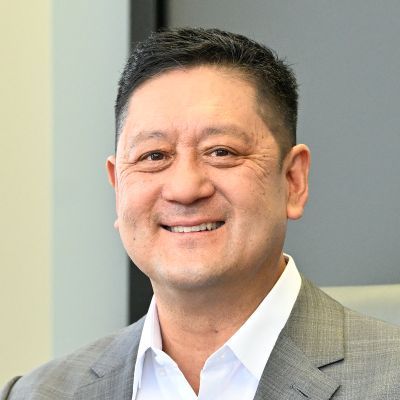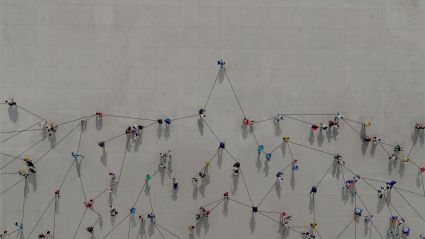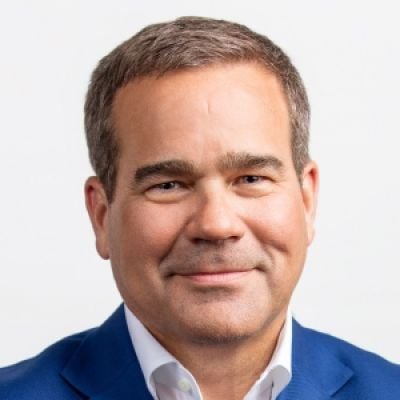The writer Martha Beck once said this of growing old: “Everybody has to do it, but I always believed an exception would be made in my case.”
The truth is that if we’re lucky, Old Age is a club to which we’ll all belong. And now that the Baby Boomers are growing older, club membership is swelling fast. Last year—for the first time in human history!—there were more people over the age of 60 than under the age of 18. That shift is going to continue. Here in Los Angeles, the city that famously fetishizes youth, the proportion of adults over 80 is expected to grow by 50 percent in the coming decade.
But this isn’t a message of doom and gloom. Take it from this aging Angeleno: Paying close attention to good health and resulting longevity is good news for so many of us even in the time of COVID-19. But are we as a society fully prepared for this huge population shift? I don’t think we are. And that’s where I believe philanthropy can play a strong role.
We have to start seeing and valuing older people as the very embodiment of the strength, wisdom, and spirit of society.
The simple fact is that aging is a cultural and social phenomenon as much as it is a biological one. But unlike those societies that actually revere the elderly for their experience and wisdom, our American culture too often regards them with pity. We shove them onto the sidelines because we’re quite sure they no longer have any value or relevance. Our youth-loving culture too often lacks what the psychologist Erik Erikson called “a concept of the whole of life” that embraces every stage, every age, as vital to our communities, our families, ourselves.
But it’s also true that even if we didn’t marginalize our elders at the societal level, the physical challenges that come with aging—and the accompanying loss of cherished friends and relatives—can, in fact, lead to social isolation and loneliness.
You may be wondering what philanthropy can possibly do about all this? Because even if we knew how to address all these challenges, there isn’t a checkbook on earth that’s big enough.
Well, you’re partway right about that. We can’t solve the problem with the stroke of a pen. But I learned a long time ago that there’s something critical that philanthropy can do, and that is to invest in innovation. We can help jump-start a new conversation about aging because the current narrative and images simply are outdated and inaccurate. We can help create new models of change that can then be reproduced and leveraged and expanded a thousand-fold.
So that’s what the Annenberg Foundation is trying to do right now around aging and longevity: turn Los Angeles into a laboratory for reducing the social isolation of the elderly and changing how our culture thinks about aging in the first place.
For starters, we want to show that we can morph the very experience of aging into something far more vibrant and dynamic. So in concert with the Stanford University Center on Longevity, we are creating the Wallis Annenberg GenSpace, which will open in LA’s Koreatown at the end of this year.
The Wallis Annenberg GenSpace is an effort to reimagine what senior life can look like—worlds away from sterile nursing homes and small, dark, and lonely apartments. The Space will be fresh and futuristic and tech-forward, like the brand-new Rem Koolhaas building that will house it.
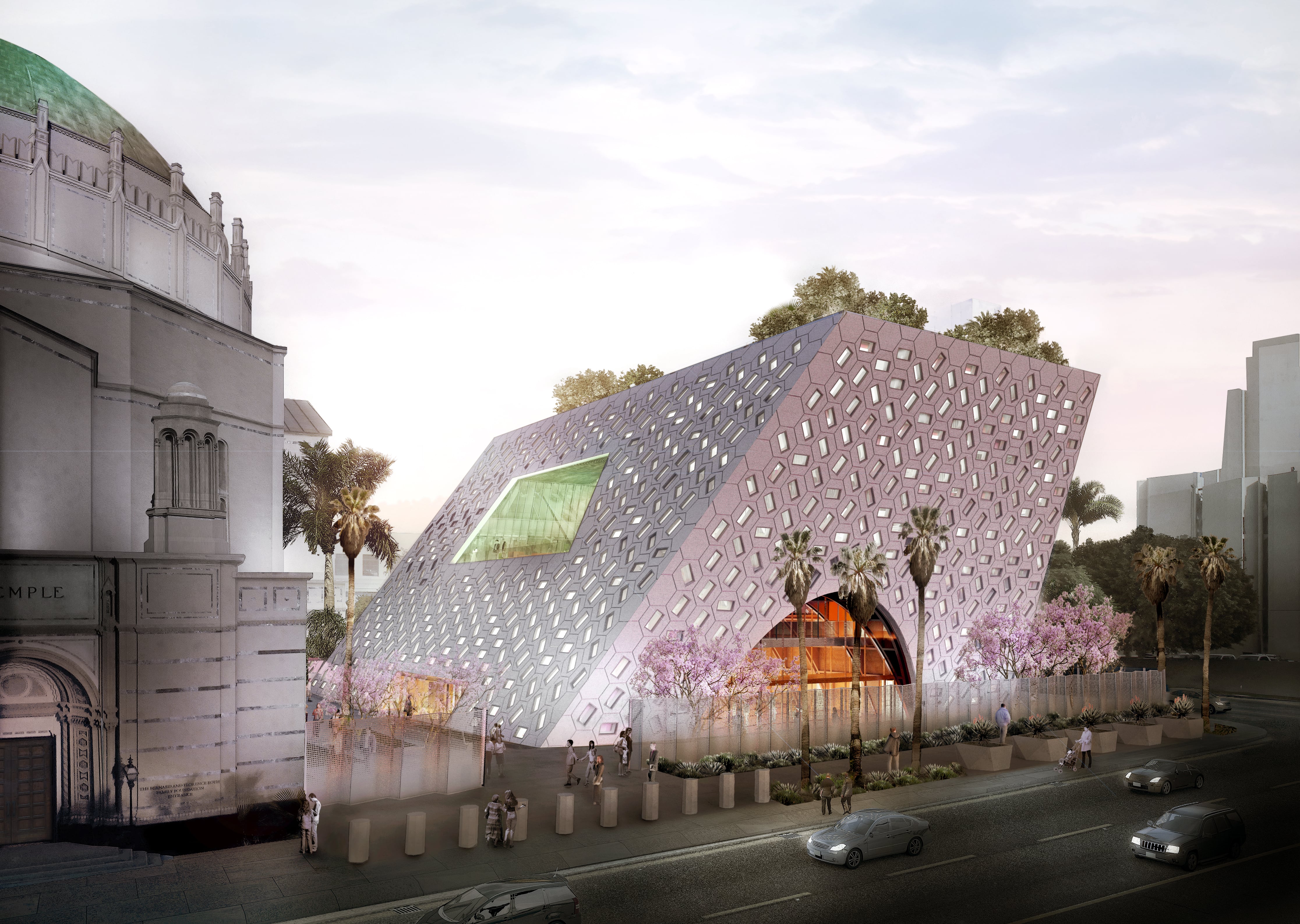
It will serve as a community center for all generations—because the elderly have so much to give and teach us all. It will be a neighborhood hub for forging new relationships—because social connection is what helps us stay vibrant, extends life, and makes it worth living. It will emphasize creativity and learning—because that’s what keeps minds fertile and functioning at every age.
The Wallis Annenberg GenSpace will also be a think tank on longevity itself, specifically investigating how we can change the outdated thinking and conversation regarding aging in this country. Because the truth is that some of the greatest works of art, some of the greatest pieces of music, and some of the greatest acts of public service are the work of older Americans. The aging are the core of many families, the beating heart of many businesses. A 77-year-old has gone into space, a 92-year-old has run a marathon, a 100-year-old has climbed Mount Fuji. Yet much of popular culture still depicts older Americans as frail and marginal at best. That’s a stereotype. We have to change the stereotype.
And that’s why the Annenberg Foundation has also made a major commitment to Stanford’s New Map of Life initiative, which has set out to research, create, and disseminate whole new narratives and policy initiatives around aging. The goal: valuing every precious stage of our lives.
Here’s the bottom line: Growing old isn’t the punishment for being alive. We have to stop seeing the elderly as a statistic and an afterthought, relegating them to the trash heap on the side of our road, the useless and marginalized detritus of society. We have to start seeing and valuing older people as the very embodiment of the strength, wisdom, and spirit of society. And believe me, it’s not just for them. Because since there are no exceptions—since we all will hopefully be members of the club someday—we’re doing this for ourselves, too.
